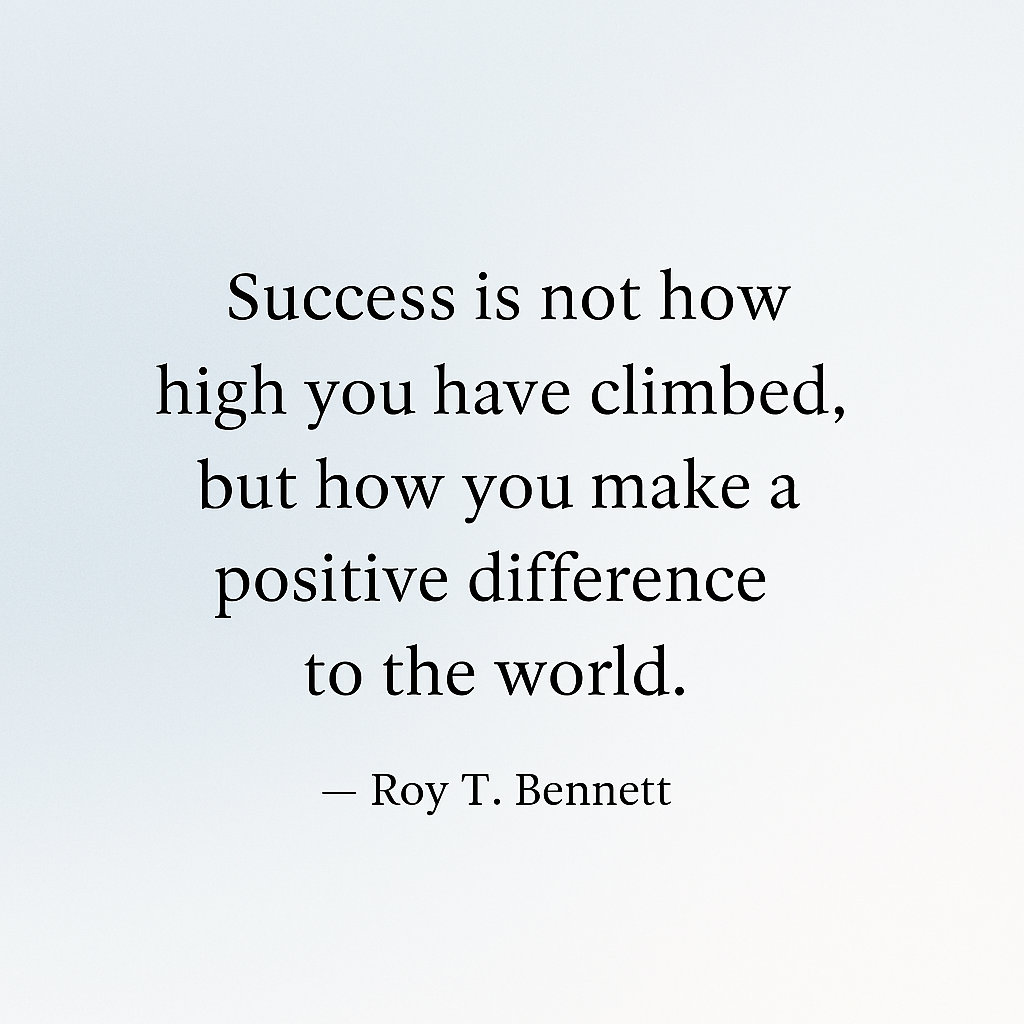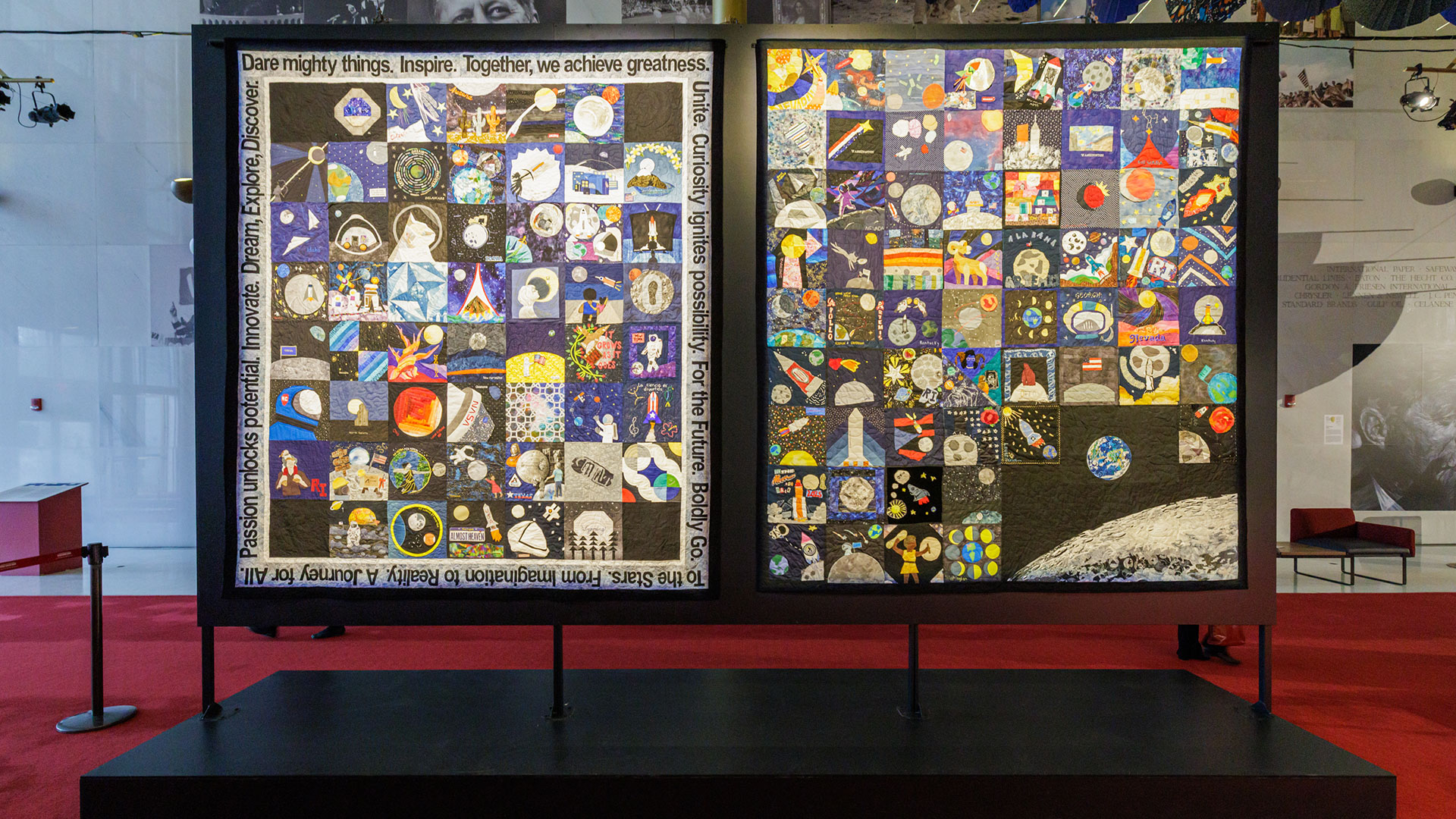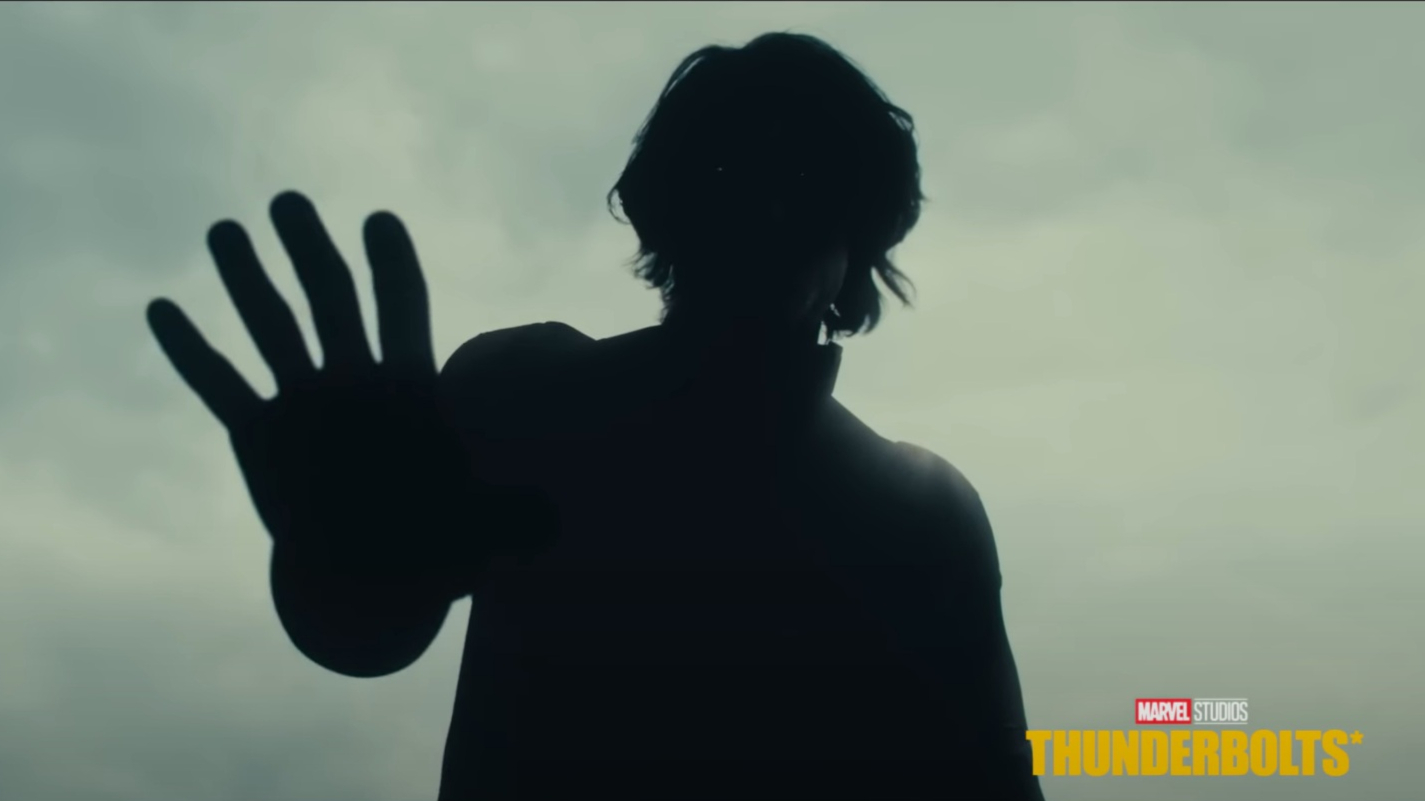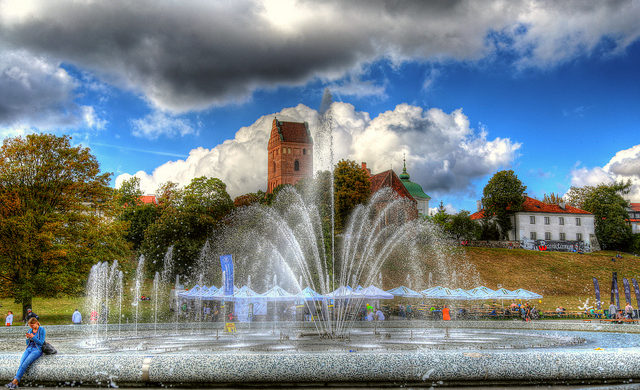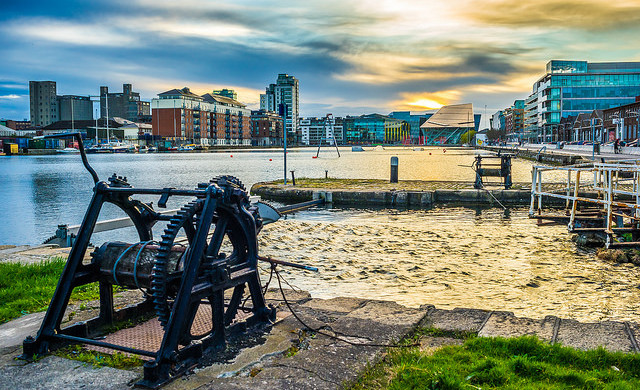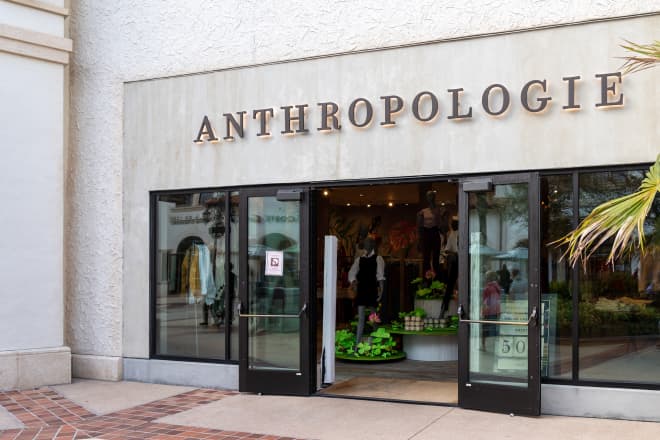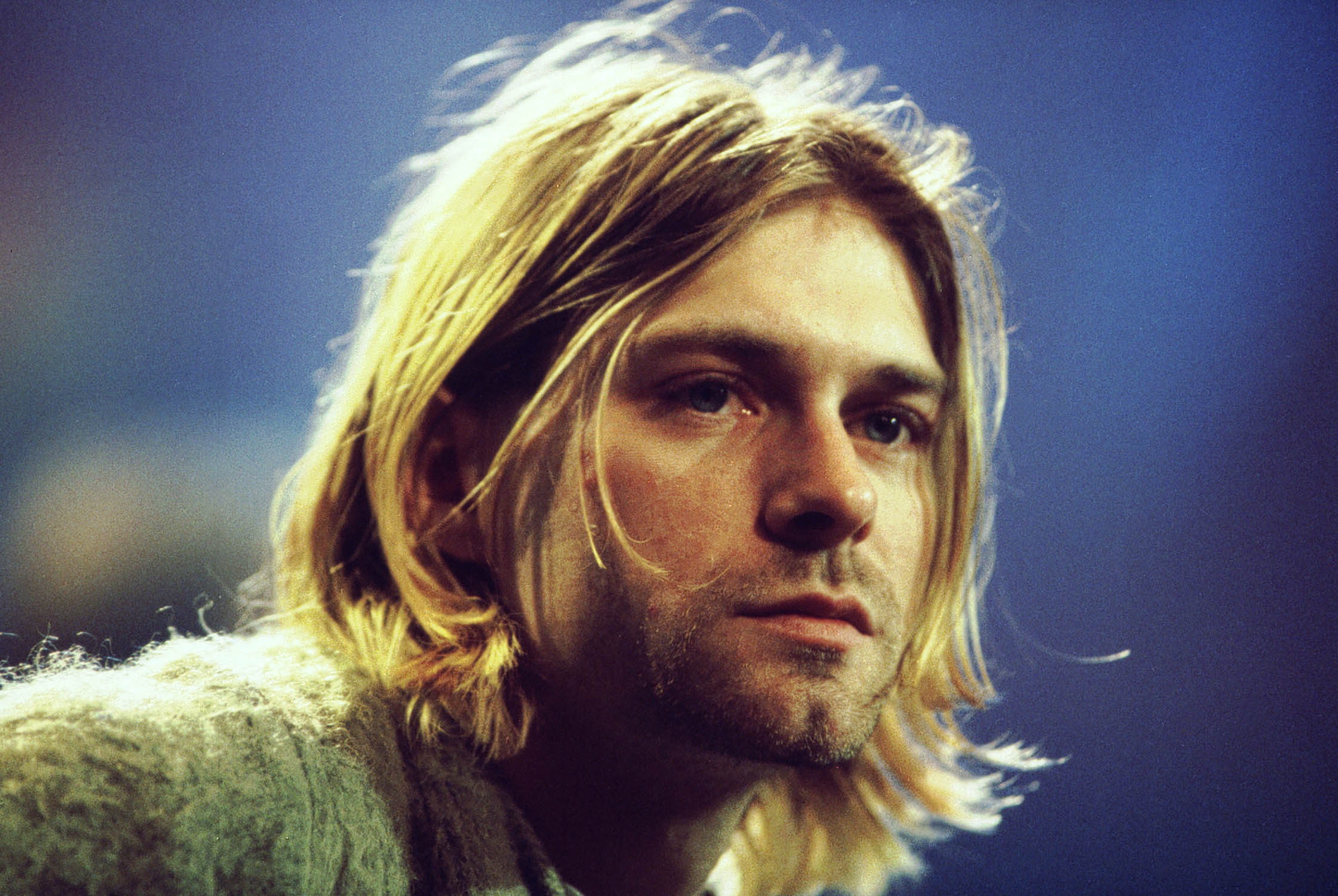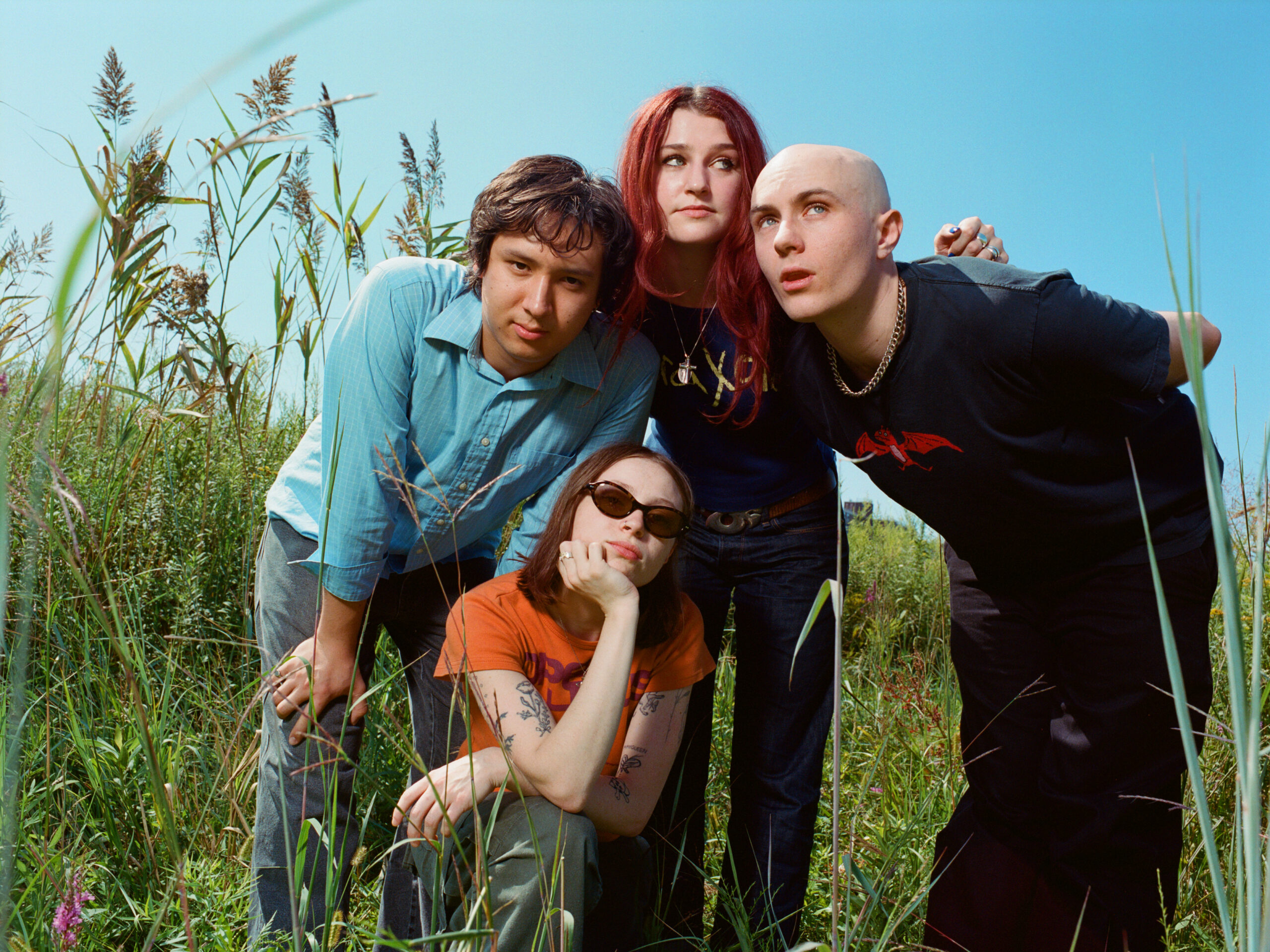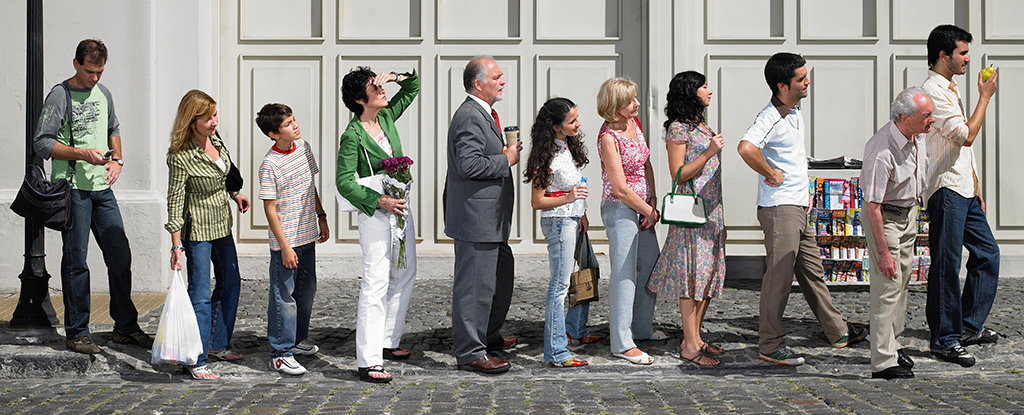A visit to the Holocaust Museum, and an interview with the hologram of a now-dead Holocaust survivor
Yesterday I spent quite a few hours at the Illinois Holocaust Museum and Education Center, part of a free field trip sponsored by the Biological Sciences Divison (or so I think). It’s the third largest Holocaust Museum in the world, probably after Yad Vashem in Jerusalem, which I visited, and (perhaps) the United States Holocaust … Continue reading A visit to the Holocaust Museum, and an interview with the hologram of a now-dead Holocaust survivor

Yesterday I spent quite a few hours at the Illinois Holocaust Museum and Education Center, part of a free field trip sponsored by the Biological Sciences Divison (or so I think). It’s the third largest Holocaust Museum in the world, probably after Yad Vashem in Jerusalem, which I visited, and (perhaps) the United States Holocaust Memorial Museum in Washington, D.C., which I haven’t. This one is very large, and is full of interesting photos, articles, relics, and other memorabilia.
I guess it has so much stuff because Skokie, where the Museum resides, was mostly a Jewish suburb, and there were many Holocaust survivors who contributed items, as well as many Jews who donated money for this very large building.
We had a guided tour, though I had a tendency to wander off by myself to look at stuff. If you’re in Skokie and have an interest in these things, I recommend it highly. First, a few photos (I didn’t remember to take photos until later in the tour), which aren’t great because they were taken with my camera.
The two Nuremberg “Race Laws”, passed in 1935, not only defined as who counted as a Jew or an Aryan, but also forbade “intermingling” of Jews and non-Jews. According to the Holocaust Encyclopedia, the “Law for the Protection of German Blood and German Honor” stipulated this:
The second Nuremberg Law, the Law for the Protection of German Blood and German Honor, banned marriage between Jews and non-Jewish Germans. It also criminalized sexual relations between them. These relationships were labeled as “race defilement” (Rassenschande).
The law also forbade Jews to employ female German maids under the age of 45, assuming that Jewish men would force such maids into committing race defilement. Thousands of people were convicted or simply disappeared into concentration camps for race defilement.
Here’s a photo of two people who violated that law, and it struck me as particularly noxious. The woman is holding a sign that reads (my translation; note that it rhymes in German) “I am the biggest pig in this place and only associate with Jews.” The guy’s sign reads, “As a Jewish boy, I always take only German girls with me to my room.” The guy’s sign rhymes as well. I have no idea what happened to these people, but the Jewish man was almost certainly taken to the camps, and that almost certainly led to death.
Nazi armbands (real ones). Many of the inhabitants of Skokie were (and some still are) survivors of the Holocaust, and donated things like this to the Museum. The pin in the middle is, as you can see from the placard, a Hitler Youth Membership pin.
Below is a (genuine) postcard celebrating the “Anschluß“, when Germany annexed Austria on March 11-13 of 1938, claiming that the country was ethnically German. Later in the year, the UK, France, and Italy agreed that it was okay as well for Hitler to annex the part of Czechoslovakia also containing “ethnic” Germans, an area called the Sudetenland. This “Munich Agreement,” did not involve any Czechoslovakian participation. Hitler promised to leave the rest of the country alone and that he had no more territorial ambitions (he was lying, of course). Britain’s PM, Neville Chamberlain, returned to England with great approbation, declaring that he’d achieved “Peace for our time.” He was dead wrong, of course, and his loss of face when Hitler invaded Poland on September 1, 1939 led to Chamberlain’s ouster in 1940 (he died the same year).
I digress: this card is about the Anschluß, and reads: “13 March, 1938. One people, one country, one leader.”
Below is a very fancy hand-done document, labeled “Declaration of the State of Israel created by Arthur Szyk, 1948. On loan from Cipora Fox Katz.” It’s lovely, and Szyk, a Polish-American artist, has his own Wikipedia page, which says this:
Arthur Szyk was granted American citizenship on May 22, 1948, but he reportedly experienced the happiest day in his life eight days earlier: on May 14, the day of the announcement of the Israeli Declaration of Independence. Arthur Szyk commemorated that event by creating the richly decorated illumination of the Hebrew text of the declaration.
And, sure enough, here it is:
I stopped by the gift shop on my way out, and among the many interesting thing was this “Bag of Plagues”: toys for kids commemorating the plagues visited on Egypt because Pharaoh wouldn’t let the Jews go:
Finally, one of the best parts of the Museum is a hologram of a Holocaust survivor, one of several created by the Shoah Foundation. When the survivors were alive, they spoke for about a week to the interviewers, and their answers were recorded. Their accounts were combined with modern technology and AI to enable the audience to ask questions of the hologram, and there is so much data recorded for each person that the holograms can answer almost any question (see the video at bottom for more details). Here’s a short recording I did of one survivor named Eva. Eva lived in Amsterdam as a child, where she was friends with Anne Frank. After the war, when Eva had lost her father and brother and Anne Frank her own sister and mother, Eva’s mother married Anne Frank’s father, Otto.
Here’s she’s answering an audience question about what her typical day at Auschwitz was like:
Here’s Leslie Stahl interviewing holograms of Holocaust survivors who had died before the interview. Yes, they are interviews with people who weren’t alive! This is an absolutely fantastic way to keep not just the accounts alive, but also the survivors themselves.

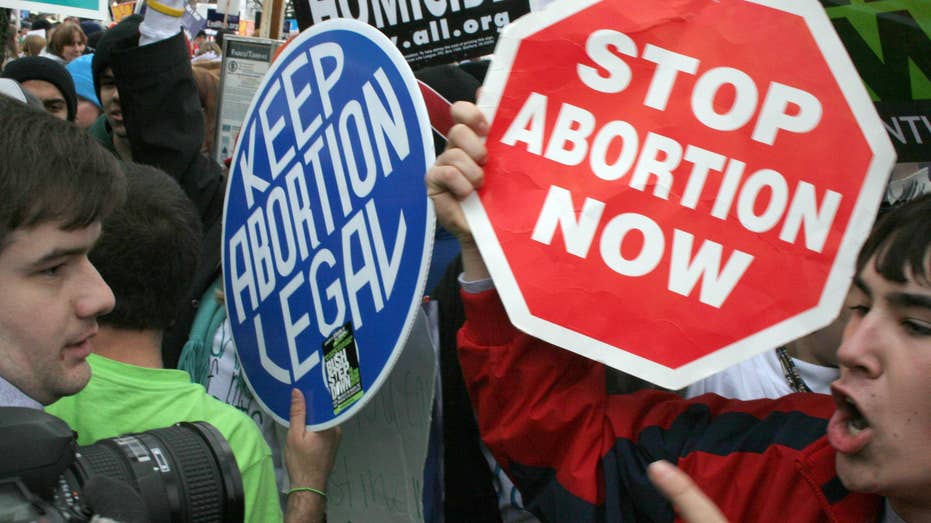
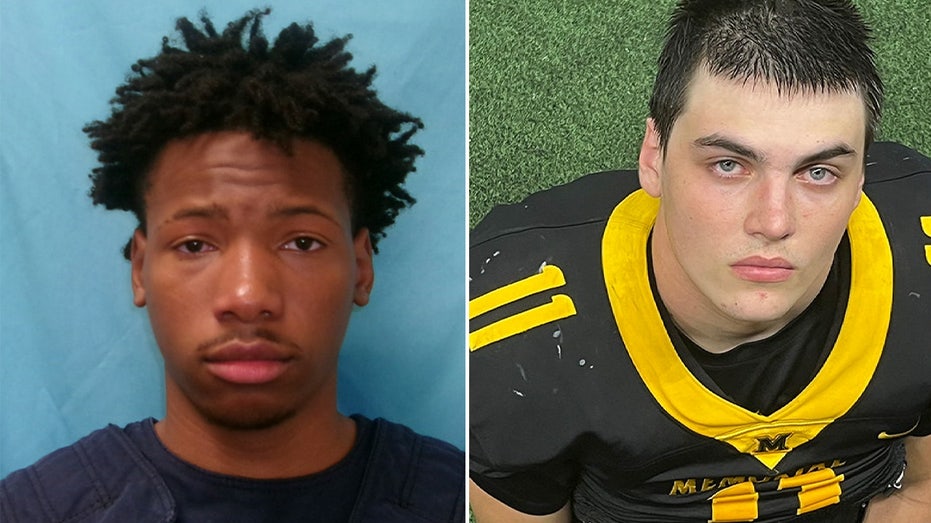
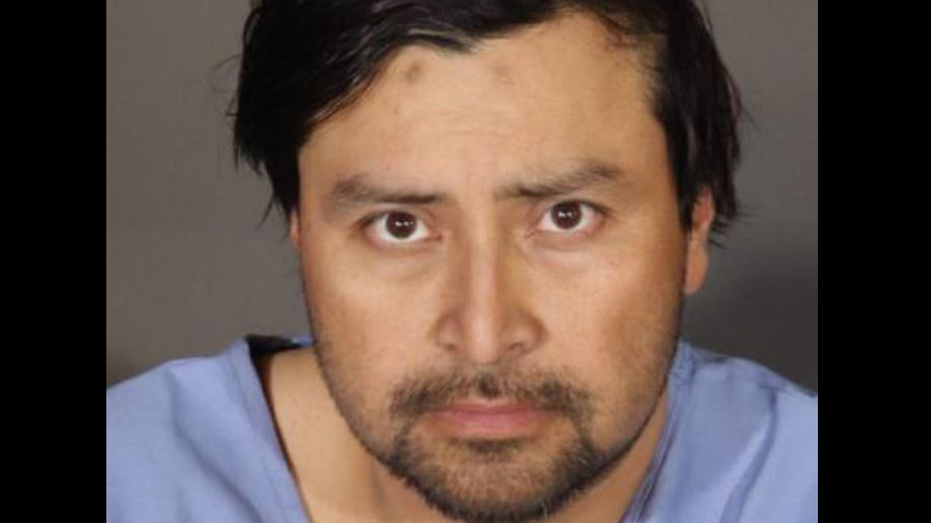





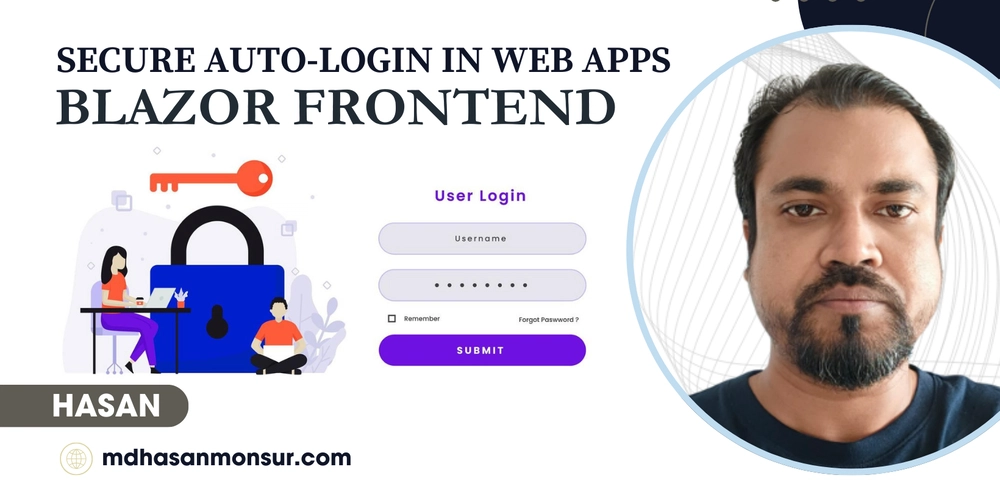






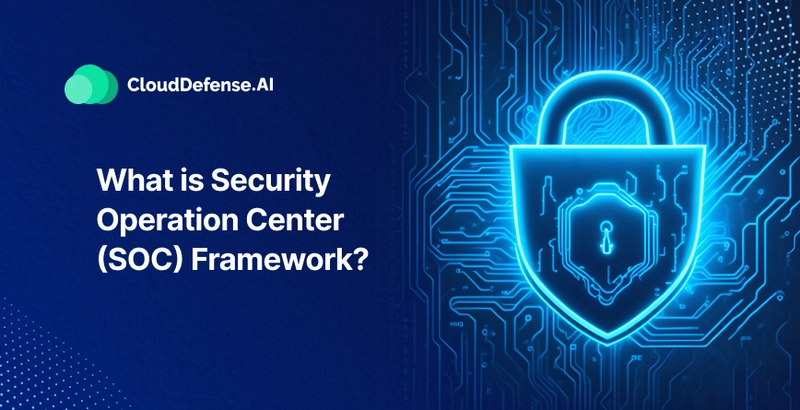
_Zoonar_GmbH_Alamy.jpg?#)







